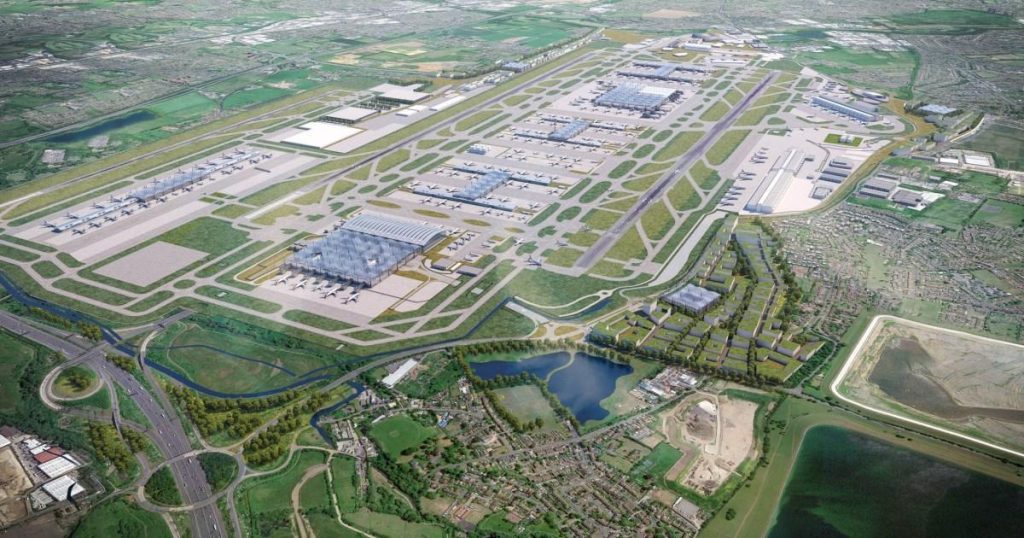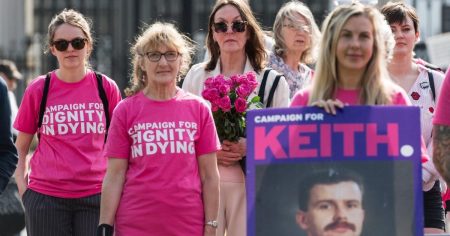Heathrow’s Third Runway: A Decade of Ambitious Expansion or a Political Mirage?
Chancellor Rachel Reeves has reignited the debate surrounding Heathrow’s expansion, outlining an ambitious 10-year timeline for the construction and operation of a third runway. This revived commitment to the project, initially approved in 2016, aims to bolster the UK’s aviation capacity and economic growth. However, the proposal has been met with skepticism and outright opposition, raising concerns about its feasibility, environmental impact, and potential alternatives.
Reeves’ assertive projection of a 2035 completion date hinges on the cooperation of Heathrow authorities and a smooth progression through the planning and construction phases. This timeline appears optimistic considering the complex legal and logistical hurdles that lie ahead, including anticipated court challenges from environmental groups and local communities. Critics like Ryanair CEO Michael O’Leary dismiss the project as a political maneuver designed to distract from more pressing issues. O’Leary predicts a much later completion date, potentially in the 2040s or 2050s, rendering the expansion irrelevant to current economic needs.
The debate also revolves around the environmental implications of expanding Heathrow’s operations. Reeves argues that advancements in aircraft engine technology and the increasing availability of sustainable aviation fuel (SAF) can mitigate the environmental impact, allowing the project to align with the UK’s climate goals. However, skepticism persists regarding the scalability and timely development of SAF, casting doubt on its ability to offset the increased emissions from a larger airport. Critics argue that prioritizing SAF development and other environmental initiatives would be a more effective strategy than expanding airport capacity.
Luton Airport emerges as a potential alternative, advocating for its own expansion proposals as a more viable and immediate solution to the UK’s aviation needs. Proponents of Luton’s expansion highlight its potential contribution to the Oxford-Cambridge growth corridor, a significant government-backed development project. They emphasize the readiness of their existing plans and the potential for a faster, less controversial expansion compared to Heathrow’s complex undertaking.
The economic rationale behind Heathrow’s expansion is also under scrutiny. While proponents argue the need for increased airport capacity to facilitate trade and tourism, opponents question the long-term economic benefits, particularly considering the rapid advancements in virtual communication and the growing emphasis on sustainable travel. O’Leary, for instance, suggests abolishing air passenger duty as a more effective means of stimulating economic growth within the aviation sector. This debate underscores the complex interplay between economic development, environmental considerations, and the future of air travel.
The government’s renewed commitment to Heathrow’s third runway represents a high-stakes gamble. While the potential economic benefits and increased aviation capacity are alluring, the project faces considerable obstacles, including environmental concerns, logistical challenges, and strong opposition from various stakeholders. The conflicting viewpoints and the inherent complexities of the project raise questions about whether this ambitious vision can be realized within the proposed timeframe or if it will ultimately become another casualty of political maneuvering and unresolved challenges. The success of this endeavor hinges on navigating these intricate considerations and demonstrating a clear commitment to both economic progress and environmental sustainability.











